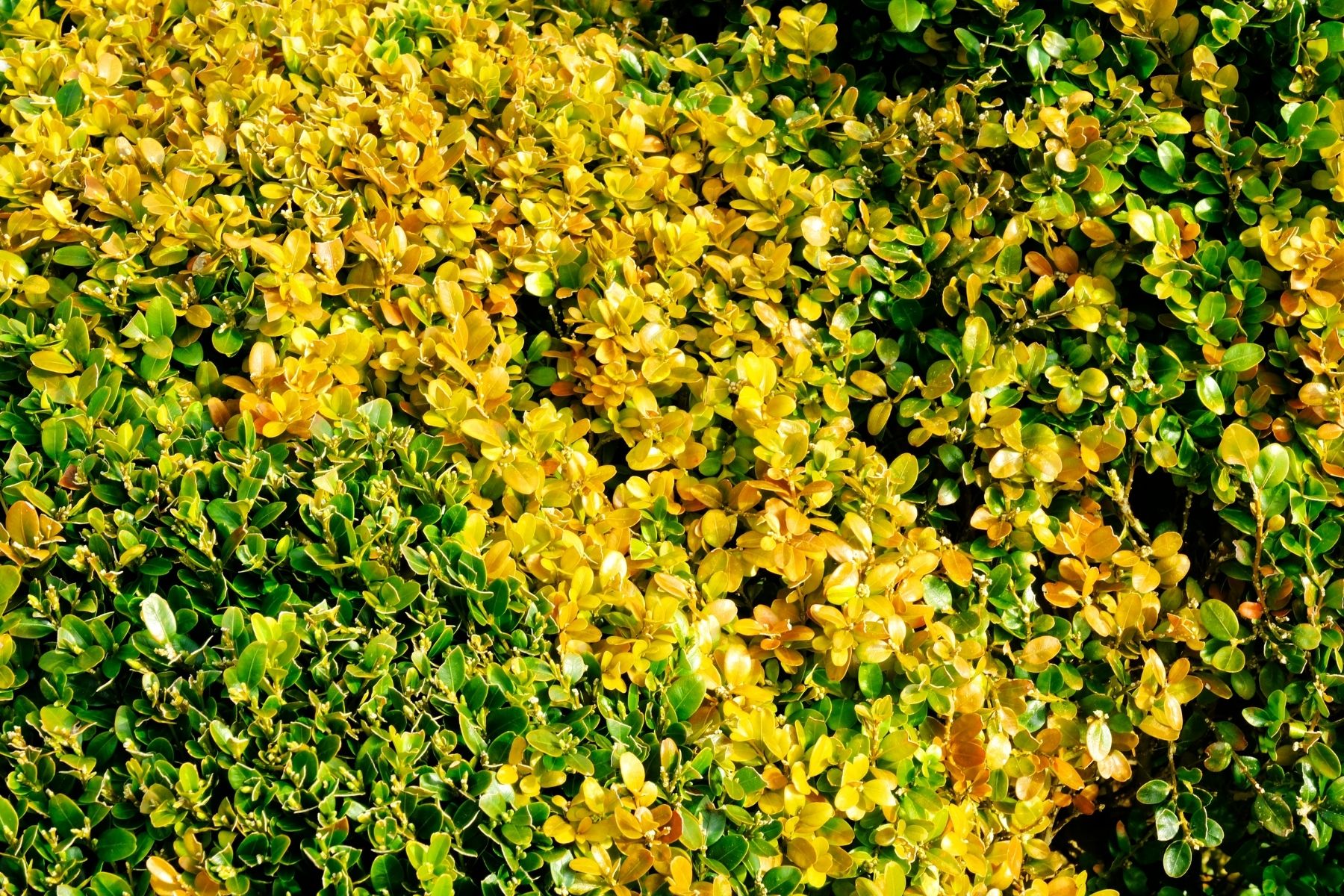Last Updated on May 20, 2022 by Real Men Sow
Box blight is only one of many problems that box can suffer from. Volutella blight is a second blight that affects leaves but is much less severe.
What is box blight?
Box blight, a disease that affects box stems and leaves, is caused by Calonectria pseudonaviculata and Calonectria-henricotiae (syn. Cylindrocladium buxicola). Calonectria species differ in how sensitive they are to certain fungicides (triazoles). They are most likely to affect Buxus species. The UK is the most affected, but the Buxaceae family are also at risk.
Symptoms of Box Blight Plant Disease
Because of the difficulty involved in managing box-blight, it is crucial to get the right diagnosis. It is important to diagnose it quickly, as the disease can become more severe the later you wait. These symptoms may be present:
- The leaves turn brown and fall, leaving bare patches
- Black streaks and dieback in young stems
- The white spore mass of the fungus can be seen under the leaves of infected plants in wet conditions. To check, place the leaves in a bag with moist tissue and keep them there for a few days. Volutella blight spore masses will appear pink
How To Control Blight Disease
The best way to control pests, diseases, and weeds is to use good cultivation practices, cultivar selection, garden hygiene, and encourage or introduce natural enemies. Chemical controls should only be applied in highly targeted and limited quantities.
Non-chemical control
There are steps you can take to reduce the chance of it coming to your garden, and prepare the garden for its arrival.
Cultural control and hygiene
To ensure that commercially purchased plants are healthy, keep them in isolation for at most four weeks. Commercial nurseries might use fungicides that suppress but not kill the fungus. This isolation technique will give time for the suppressed disease to emerge. Using them reduces the risk of spreading the disease by taking cuttings from a healthy area in your garden. Box blight can quickly spread in hot and humid environments and is very difficult to control.
To increase airflow, reduce the frequency of pruning because regular pruning results in dense foliage and reduced air movement. A convex hedge should be pruned, not a flat one and pruning should only be in dry conditions. To prevent the spread of the disease, clean pruning tools with mild bleach or garden disinfectant.
Avoid overwatering, as box blight can thrive in humid environments. Mulch under plants can reduce the amount of rain splash. Give your plants a moderate amount of food.
Managing an outbreak
It is important to take steps to stop the spread of the disease if it does occur.
If there is dry condition:
- If you want to protect prized plants, it is important to remove damaged box plants and other less important plantings.
- You can trim or remove parts with a lot of damages of valuable specimens or box plants that are less severely under attack.
- Take out fallen leaves around the base and center of affected plants. Also, remove the topsoil. Bag the infected material and refrain from throwing them around the garden to avoid spreading of the disease
To aid in recovery, feed plants that have been pruned with a general-purpose fertilizer.
Choose alternatives to box
You can also choose a topiary or alternative hedge to ensure safety. These plants have small leaves that can be cut into formal hedging styles.
- Berberis darwinii ‘Compacta’
- Berberis thunbergii ‘Atropurpurea Nana’ AGM
- Elaeagnus × submacrophylla ‘Compacta’
- Euonymus fortunei (various cultivars)
- Ilex crenata
- Lonicera nitida ‘Maigrün’
- L. nitida ‘Baggesen’s Gold’ AGM
- Luma apiculata ‘Glanleam Gold’
- Osmanthus delavayi AGM
- Pittosporum ‘Arundel Green’ AGM
- P. ‘Collaig Silver’
- P. ‘Oliver Twist’
- P. tenuifolium ‘Golf Ball’ (PBR)
- Podocarpus ‘Chocolate Box’
- P. ‘Young Rusty’
- Rhododendron Bloombux (‘Microhirs3’PBR)
- Taxus baccata ‘Repandens’ AGM
- Ugni molinae,U. molinae ‘Butterball’
Chemical Control Of Box Blight
Fungicides can’t control box blight without other control strategies. Box blight can be controlled by the fungicides tebuconazole, Provanto Fungus Fighter Contain, and tebuconazole and trifloxystrobin (Provanto Fungus Fighter Plus and Toprose Fungus Control & Protect). Both have label recommendations and you can use it for up to six times per annum. Triticonazole, Fungus Clear Ultra, is for the control of other diseases that can affect ornamentals. Tebuconazole works against both Calonectria species.
If there is high risk of box-blight, you can apply preventative fungicide treatments, 7-10 days prior and after trimming.


